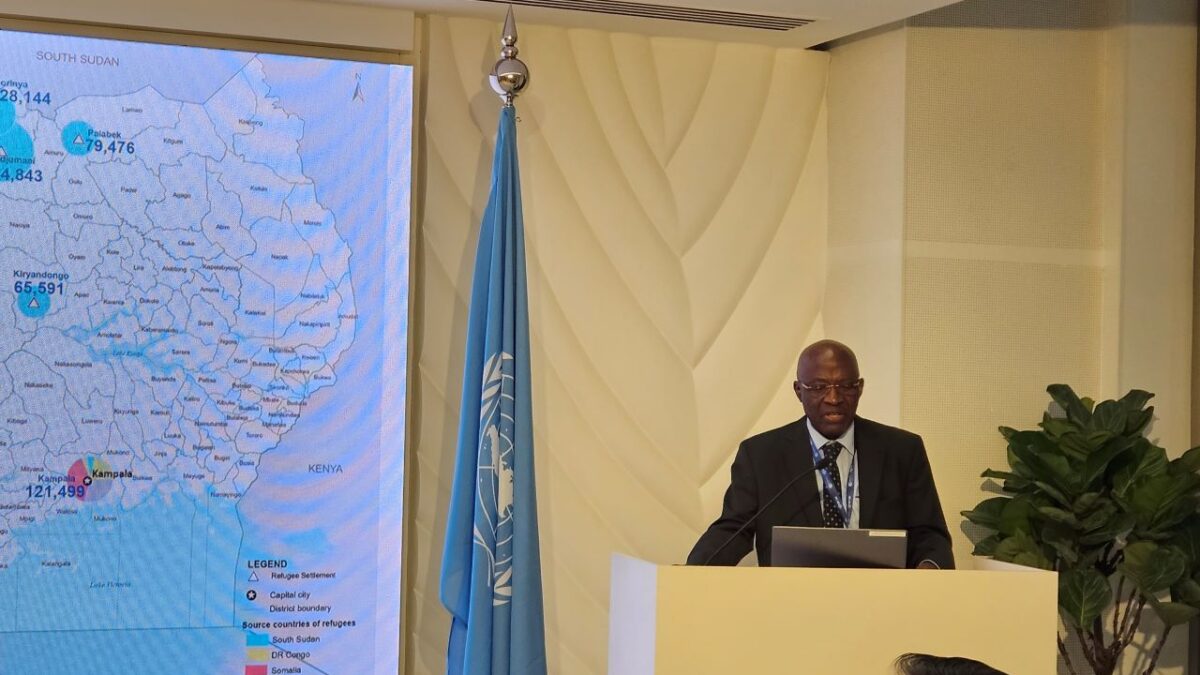Uganda, with its rich history of hosting refugees dating back to the 19th century, has developed a remarkable open-door policy for refugee protection and management. This approach has made Uganda one of the most welcoming nations for refugees globally, providing them with land, freedom of movement, and access to social services. However, the substantial and prolonged influx of refugees has posed environmental challenges, particularly deforestation, in a country where forest cover is already declining. This blog post explores Uganda’s context, challenges, and innovative solutions in balancing refugee integration with environmental conservation.
While Uganda hosts 1.5 million refugees, making it Africa’s largest host and third globally, the environmental impact is significant. Deforestation, driven by factors such as agricultural expansion, urbanization, and wood fuel demand, has reduced forest cover from 24% in 1990 to 10% in 2017. The protracted nature of displacement exacerbates competition for limited natural resources, affecting both refugees and host communities.
Uganda’s government has responded with decisive measures, integrating refugee protection into national development plans through the Settlement Transformative Agenda. Shifting from a humanitarian response to sustainable development, the government launched the Comprehensive Refugee Response Framework in 2017. However, challenges persist due to climate-related issues, increased resource demand, and the reliance of rural communities on natural resources for livelihoods.
The environmental toll, including deforestation and loss of biodiversity, prompted Uganda to focus on sustainable forest management. The Forest Management Plan for the Bidibidi Refugee Settlement exemplifies collaborative efforts, aiming to restore degraded forests, protect ecosystems, and establish energy woodlots. The government’s priority mitigation policies and measures include climate-smart agriculture, sustainable fuelwood production, large-scale commercial timber plantations, and the restoration of natural forests.
Uganda’s Vision 2040 and National Development Plan III emphasize the importance of natural resources management, environment, climate change, land, and water management. The country has also promulgated the National Climate Change Policy and Climate Change Act, aligning with international commitments. The Water and Environment Sector Response Plan for Refugees and Host Communities reflects Uganda’s commitment to addressing environmental challenges comprehensively.
International partners play a crucial role in supporting Uganda’s innovative approaches. Collaborative efforts, such as the Greening the humanitarian response initiative, aim to enhance data-driven decision-making, manage natural resources effectively, and develop indicators for sustainable forest management. These efforts, carried out in collaboration with communities and local authorities, reflect a holistic approach.
Uganda’s deliberate efforts to estimate and account for anthropogenic GHG emissions involve the establishment of the Uganda National Meteorological Authority. The priority mitigation policies and measures in the AFOLU sector focus on climate-smart agriculture, sustainable fuelwood production, large-scale commercial timber plantations, and the restoration of natural forests.
Conclusion:
Uganda’s experience demonstrates the importance of a planned, multidisciplinary approach to managing natural resources in displacement settings. Balancing refugee integration with environmental sustainability requires innovative, evidence-based solutions. The country’s commitment to environmental protection, as showcased in its policies, plans, and collaborative initiatives, provides a valuable model for other nations facing similar challenges. Uganda’s journey underscores the urgency of timely and coordinated action, emphasizing that innovative and sustainable approaches can enhance the resilience of both affected communities and the environment.

